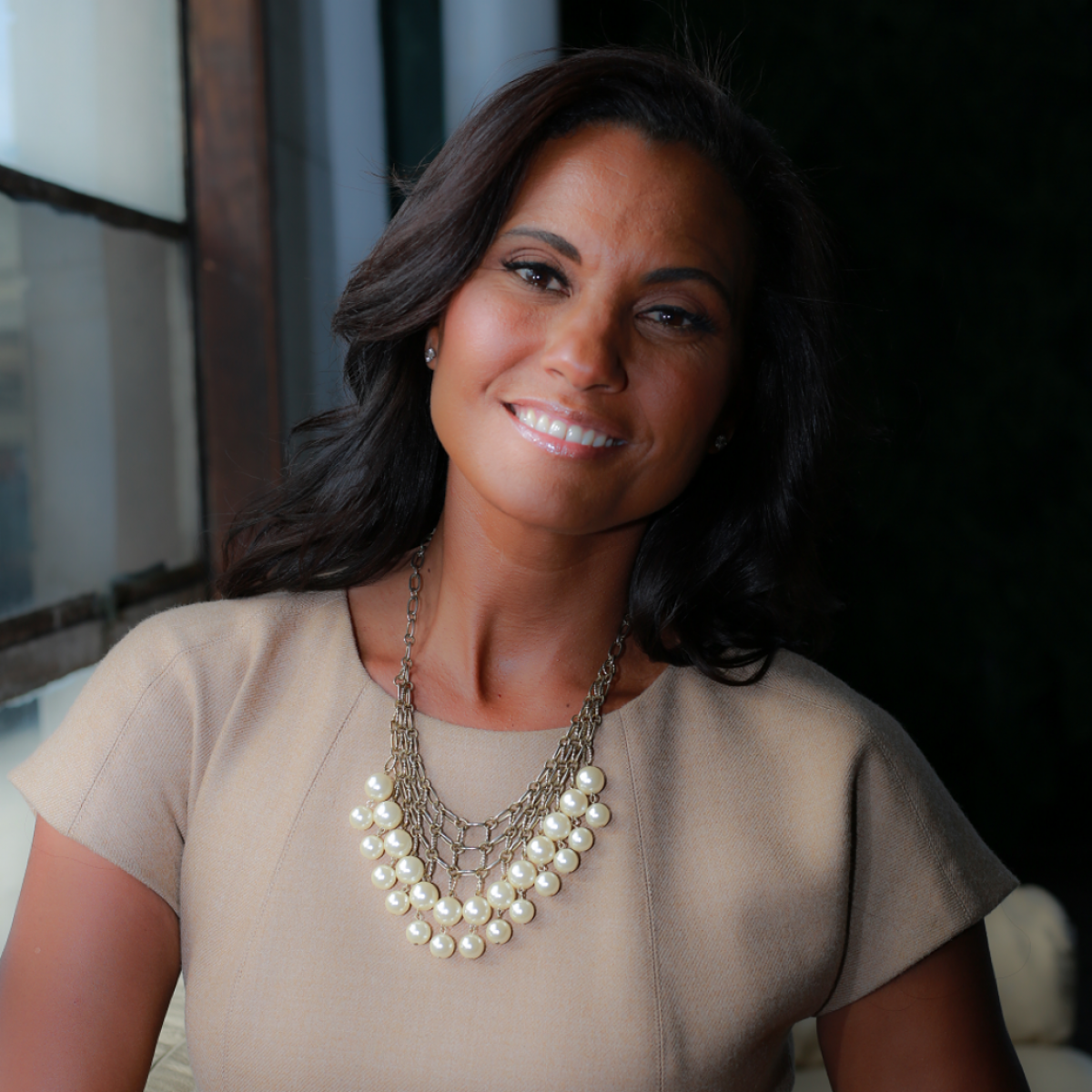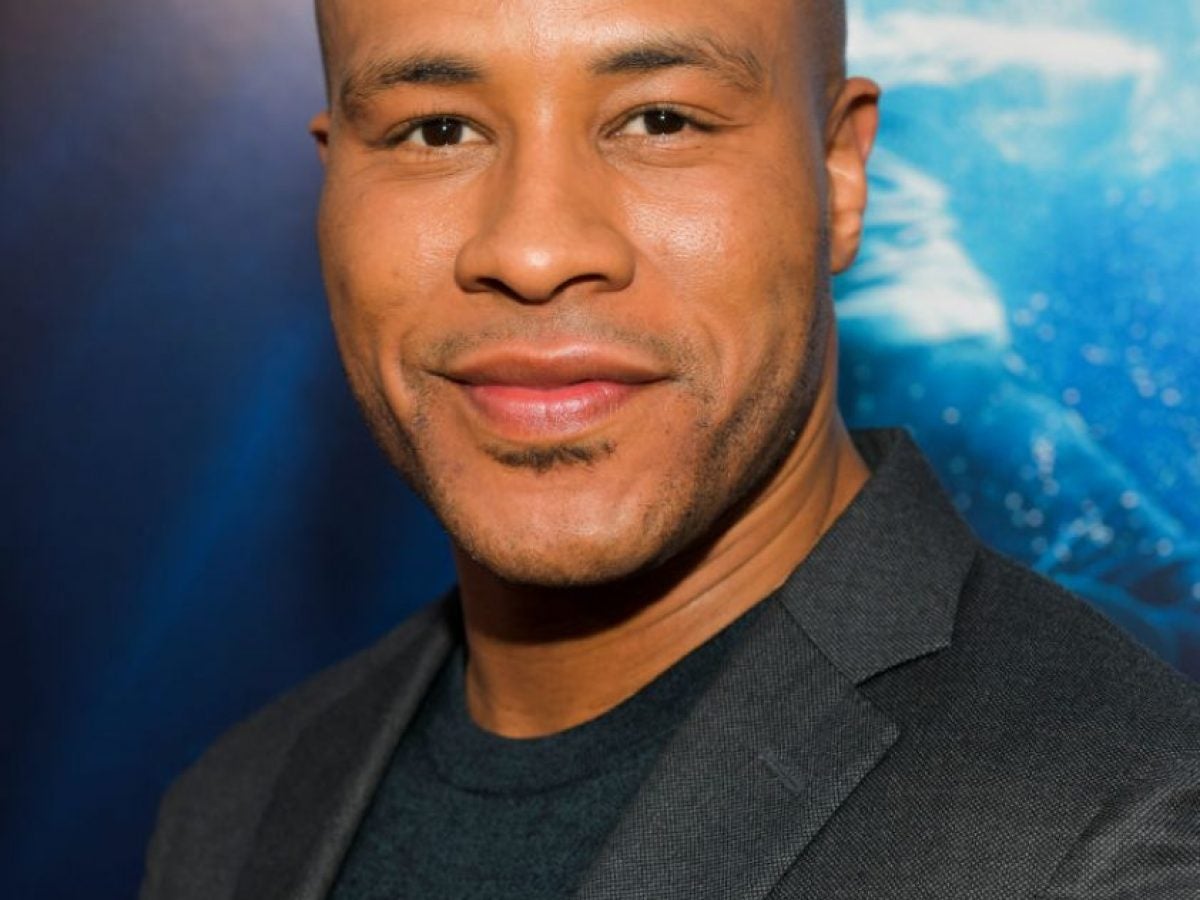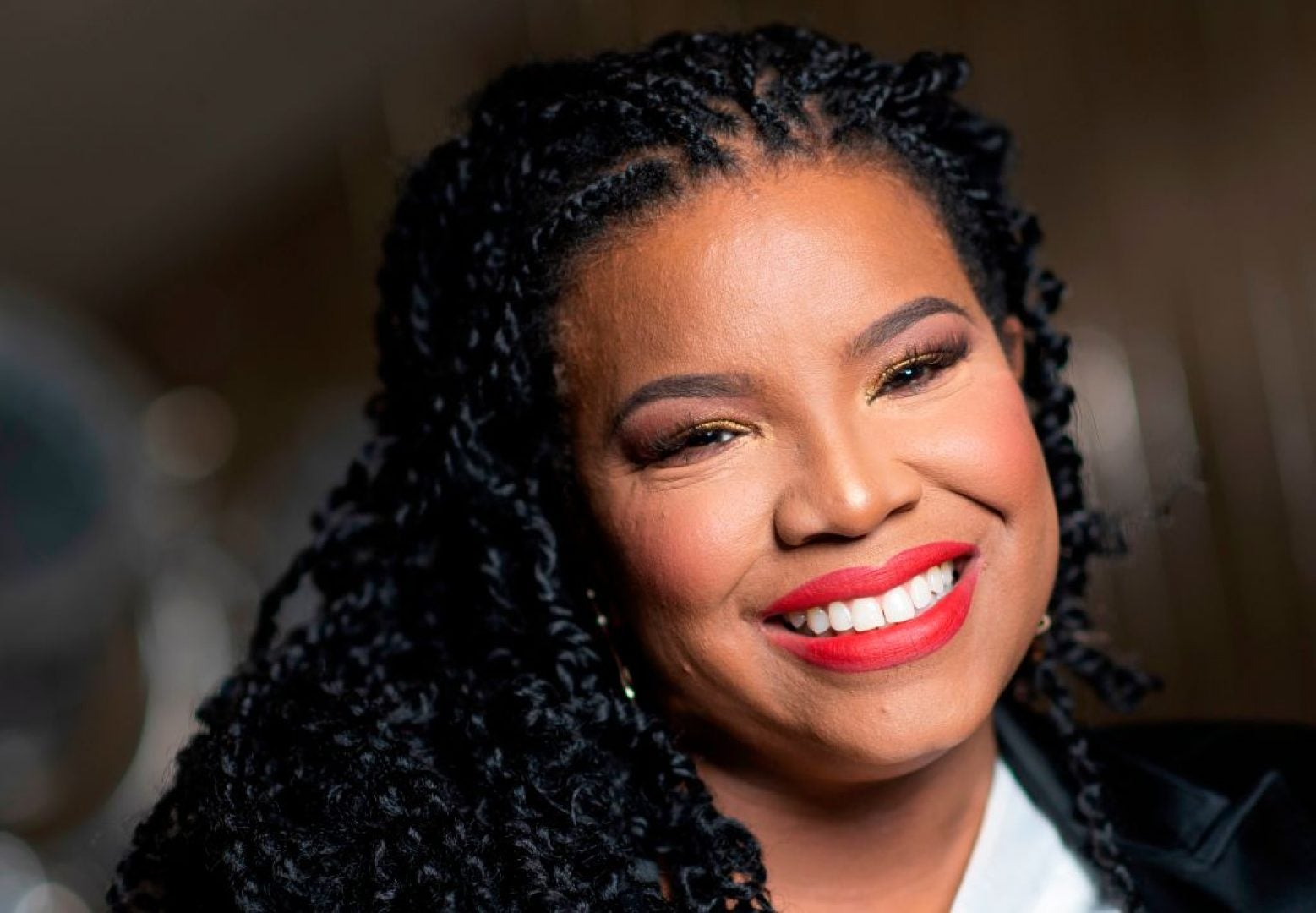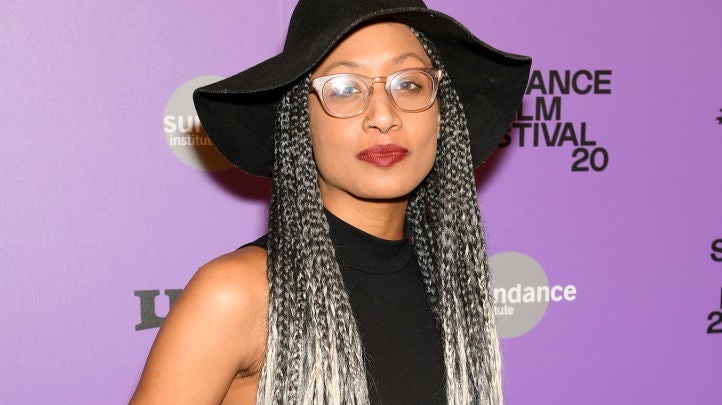Hollywood has changed drastically in the six years since media strategist April Reign coined the term #OscarsSoWhite. In both 2015 and 2016, only white entertainers were nominated for awards in the Academy of Motion Picture Arts and Sciences’ (AMPAS) 20 acting categories. This year, a record nine people of color have earned nominations for acting roles, including five Black actors. Shaka King’s Judas and the Black Messiah is the first movie with an all-Black producing team to be nominated for Best Picture and Viola Davis has become the most-nominated Black actress ever. Additionally, films like Sophia Nahli Allison’s A Love Song For LaTasha and Garrett Bradley’s TIME are garnering recognition and acclaim.
Some of that progress can be attributed to the fact that the Academy is no longer as white — or male — as it was in 2015. Women now make up 33% of the organization’s membership with 19% being from underrepresented ethnic/racial communities. Six years ago, members were 92% white and 75% male. The #MeToo movement, founded by activist Tarana Burke, shifted the ground for women in Hollywood and across all industries. Also, the way audiences watch movies, especially amid a global pandemic, has certainly changed.
After #OscarsSoWhite, the Academy committed to doubling its number of women and diverse Academy members by 2020 which they coined the Academy Aperture 2020 Diversity Initiative (A2020). AMPAS Chief Operating Officer Christine Simmons, who oversees day-to-day operations in the organization from the film library to marketing and member relations, wanted to make sure that the Academy wasn’t merely performative with their diversity pledge.
“This is a 93-year-old organization, and I’ll also say that recognition of the time it took from inception to then, from then to now, and where we’re going, we all acknowledge and desire for that runway to be much shorter,” Simmons told ESSENCE. “It has to be, period. I can hold people accountable in different ways. How do we truly own who we are in this space?”

For Simmons, the Academy needed to be proactive instead of reactionary. “We know we don’t make movies. We’re often dealt this hand,” she said. “You have scenarios where there’s nothing to vote on that is diverse, and then you have stuff that is, but folks didn’t vote to get it there. We wanted to address that in multiple ways. With that said, we wanted to own our space and influence the industry. We did that with our inclusion standards. We also wanted to make sure that, internally, we’re all being educated, and we all have the same language to talk about this.”
Collaboration across all branches of the Academy has also been key to steering it in the right direction when it comes to diversity and inclusion. “It’s not you and I educating folks, but them educating themselves,” Simmons explained. “That’s why we called it Aperture. We wanted to broaden the lens through which excellence is recognized. Bias trainer Dr. Darnisa Amante-Jackson trained our board. She’s trained all of our branch executive committees that help look at the folks that are coming into the new classes as well. What she talks about are those ideologies that become institutionalized and that we also internalize. She tells us about how so many of those ideologies are based in the dominant culture, which is usually quite male, cis-gendered, All of those things are deemed excellent, and thus what the standard is. But in so many other cultures, that’s not the case. Oral stories, taking your time, community, collective economics. All of these things are what’s critical in ours.”
Producer DeVon Franklin, who serves as a Governor-at Large in the Executive Branch for the Academy, and was chairman of A2020, realizes that diversifying membership is just the tip of the iceberg. “The A2020 initiative highlighted a problem that we all knew already existed,” he explained. “Hollywood in and of itself is not developing enough people from underrepresented groups. When you look at the hiring practices in Hollywood, there still is a long way to go to level the playing field for underrepresented groups getting jobs and getting consideration in front of the camera and behind the camera.”

Reign agrees — to an extent. “The issue with respect to inclusion and representation in the entertainment industry does not begin at the end,” she told ESSENCE. “It begins when the screenwriter puts pen to page. Then we need to talk about how that screenwriter identifies and who their protagonist is. So, while it is true that the nominations for the 2021 Academy Awards appear on their face to be more diverse, what we know is that the Academy membership is still overwhelmingly white and overwhelmingly male.”
Her solution, as someone whose career has centered on diversity, is to look beyond the Academy altogether and consider the organizations that have been inclusive since well before 2015. “The Oscars were not built for us or meant to include us,” she said. “There’s a reason why a large number of films that reflect one facet of the Black experience that do get recognized by the Academy are films that involve the trauma or exploitation of Black people, often enslavement. It’s not surprising to see that films like Sylvie’s Love, The Forty-Year-Old Version, and One Night in Miami — quieter films and films that reflect our joy and everyday experiences do not receive the recognition that they deserve from the Academy. The gatekeepers are not interested in Black joy. This is why having award shows that are intentional about celebrating traditionally underrepresented communities is so important and why we should support them as consumers of entertainment. I’m talking about the Alma Awards, the NAACP Image Awards, the GLAAD Awards, and so on.”

But a nearly 100-year-old institution won’t be done away with so easily, particularly as it makes strides to advance the arts and sciences of motion pictures, as is its inherent purpose, for all individuals. The Academy’s next step in its push for accountability is to require more of the storytellers who have traditionally been recognized while making space for people like Radha Blank and Channing Godfrey Peoples. “We need to be in an industry where there is equal opportunity for employment and advancement and recognition,” Franklin explained.
That said, the Academy has established new standards films must meet in order to be considered for Best Picture. The standards will be required for consideration starting in 2024. Submitting confidential Academy Inclusion Standards forms to determine eligibility will begin in 2022.
“The next two years will be about preparing filmmakers and producers to implement these standards. “We reserve the right to ratchet this thing up a little bit from time to time,” Simmons explained. “And that’s the importance of those first two years. We’re going to collect the data. You don’t have to meet any thresholds. This is to help people start getting ready for the processes in place that they need to be able to start building their pipeline and scouting the folks that they need to put in. A lot of this is behind the camera, not just in front of the camera.”
Franklin explained the Academy’s new Best Picture standards in detail. “One is for representation in front of the camera, one is for behind the camera, the other one is for crews, and then there’s another standard that’s about the marketing and distribution department to make sure there’s representation there,” he told ESSENCE. “In order to qualify for Best Picture, you’re going to ultimately have to meet two of the four standards, and there are many ways in which that can be done.”
Though the Academy exceeded its goals for A2020, Simmons acknowledges that they are far from the endgame and that the work must continue. “This is important,” she said. “It’s important because we’re missing out on beautiful stories and beautiful artists. If we don’t have these voices, we’re not a relevant organization.”
Franklin is proud of what the Academy has achieved so far, with films like A Love Song For Latasha being recognized. “When I saw the nominations come out, I felt good. It’s very clear that this year is one of the most inclusive years when it comes to nominees. That inclusivity felt more balanced across many categories than before, and a lot of firsts are happening, and that’s good,” he said. “I still feel like we have a long way to go. Five or six years is a relatively short amount of time for an institution that’s been around 93 years. I don’t think there’s a high tolerance for patience. There is a real desire to really make sure that we’re all doing the work and that we’re continuing to do all of the advocacy that needs to be done around these issues internally and externally so that change is much more apparent sooner than later.”
Academy Aperture 2025 (A2025) is already underway as the next phase of the Academy’s equality and inclusion initiative. “We’re still a work in progress, and one of our favorite phrases during this whole process was, ‘Progress over perfection,’ so we want to make sure that we’re continually moving forward,” Simmons explained. “We’re not going to be perfect. There’s some stuff we’re still collecting data on, and a lot of these communities are evolving. We’re learning as we go. We want to make sure that we can evolve with them, and that culture of innovation and evolution in itself is a new thing for the Academy that we’re really working toward it.”
Reign wants to look beyond awards season and explore what a win even means, especially for a person of color. “Now we have to go a little bit further and discuss whether the Oscars are still relevant,” she said. “Because what we have seen is that even when, especially Black women, have won an Oscar, the opportunities for them have not been as significant as one would expect.”

As with the acting nominations, new kinds of films are being acknowledged for the first time. Sophia Nahli Allison’s extraordinary documentary short, A Love Song for Latasha, may not have had a path toward an Oscar nomination without #OscarsSoWhite. Allison’s film centers on 15-year Latasha Harlins, who was murdered over less than $2 of orange juice. Her death was the catalyst for the LA riots in 1992.
“I think it’s important in the larger picture of what this means for other Black women and other Black girls that are creative, that are storytellers, that have not felt that they have the support and the resources to do this work,” Allison said of her Oscar nomination. “So that’s the most important thing for me. As I’ve gotten older, I’ve had to separate my understanding of why I’m doing this work, as opposed to what it means to receive recognition and never wanting that to be the basis for the work. We had our dreams and aspirations of what we would like the film to do, but there were many times where it felt like it would never happen. To get to this point, I am so filled with deep gratitude that it is being recognized on a larger scale. I understand what that means to the Harlins family and what that means to Ty [O’Bard] and Shinese [Harlins].”
As the Academy of Motion Picture Arts and Sciences continues to do its work to remain relevant in our rapidly changing and multicultural society, Reign will hold them to task, asking them to dig deeper. Meanwhile, artists like Allison will continue to build an archive for those least represented who deserve to take up their rightful space and tell their stories on their terms. Now it seems, the Academy is placing itself in a position so that no artist’s work falls through the cracks.
The post Doing The Work: The Academy of Motion Picture Arts and Sciences Six Years After #OscarsSoWhite appeared first on Essence.


0 Commentaires